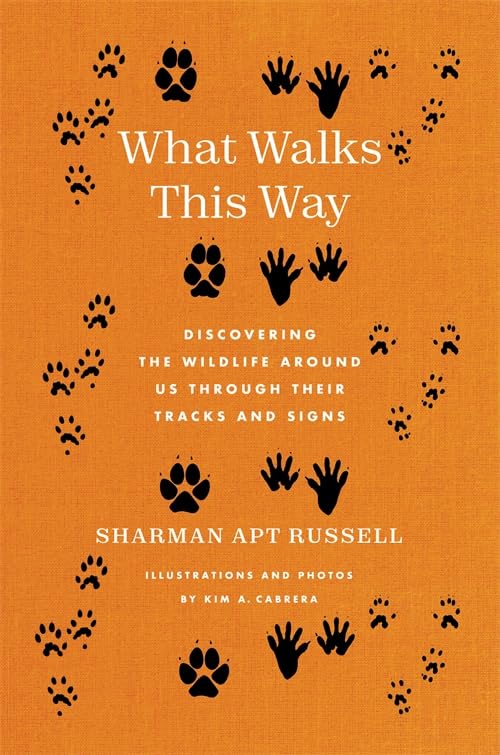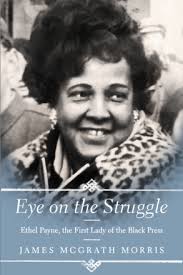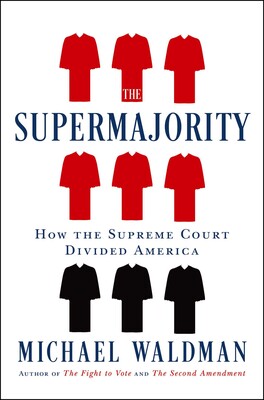What Walks This Way: Discovering the Wildlife Around Us Through Their Tracks and Signs
- By Sharman Apt Russell
- Columbia University Press
- 224 pp.
- Reviewed by Julie Dunlap
- September 25, 2024
One dusty paw print can lead to a forest of wonders.

On hands and knees in Arizona river silt, author Sharman Apt Russell competes with other novice tracking students to identify the most mammal prints. Fox! Bear! Wolf! It matters little that the imprints of claws, toes, and palm pads are fake, pressed into the sand by the instructor. “You either get a thrill out of knowing this,” Russell admits, “or you don’t.”
For readers who can at least imagine joy in distinguishing a red fox’s track from a grey’s or a mule deer’s from an elk’s, What Walks This Way is the perfect gentle introduction to the art of wildlife tracking. Yes, details matter, especially the geometry of mammalian feet and their patterns of locomotion. Paw anatomy, size, and gait differences between selected species are well clarified by illustrator and master tracker Kim Cabrera. But Russell isn’t attempting to write a how-to guide. Instead, she offers stories and memories that make tracking lessons meaningful, in lyrical prose exhorting us to “slow down, bend down, look, and really see.”
Russell proposes calling her book a love letter; if so, it is mostly addressed to her native desert Southwest. Though her formal tracking studies began only in 2012, a lifetime spent exploring the region has honed naturalist skills that have undergirded her acclaimed nature writing on past topics ranging from butterflies to overgrazing to animals’ souls.
“Tracking is about applying what you know to what you see,” she writes. Living since the 1980s near New Mexico’s rugged Gila Wilderness has granted Russell particular intimacy with the Gila River Valley’s ecology and history. She knows the trapezoidal palm pad of its mountain lions and feels the absence of river-otter tail drags since that animal’s deliberate extirpation to protect fish stocks in 1953. Focused tracking practice is of course important, she advises, but “you also have to care, really care, about what animal was here a day or so ago.”
The author’s interspecies concern extends from the wilderness into the city, home to an increasing array of creatures “careful to stay on the edges of human life,” unseen except for tracks, scat, and other signs. One she profiles is also a Gila neighbor, the coyote, which has leveraged adaptability evolved in desert extremes to morph into the ultimate urban survivor. (Perhaps cities feel like refuges to coyotes; the federal Wildlife Services agency shoots, poisons, and traps about 60,000 per year as agricultural pests.)
Denning in parks and neglected back yards, urban coyotes may need to scrounge all night for rats, garbage, outdoor cats, and roadkill. Well-fed dogs, Russell points out, meander, rest, or play on their city walkabouts, while a hungry coyote trots in “a straight line of double register tracks,” with purpose and efficiency. Though she recounts practical and mythological aspersions cast on coyotes’ character and worth, she roundly rejects them. “Delightful existence,” she insists. “It’s all Creation.”
The author’s love and acceptance extend to learning itself. For Russell, only the motivation to know more affords the necessary patience to ponder the relative toe diameters of long-tailed voles and deer mice. “Above all, it’s about curiosity,” she explains.
Passion for a form of organized curiosity known as community science earned Russell a John Burroughs Medal for Diary of a Citizen Scientist: Chasing Tiger Beetles and Other Ways of Engaging the World. In her new book, she writes about recording tracks in the Burro Mountains to monitor black bears, box turtles, and other vertebrates for the Sky Island Alliance. Uploaded via the iNaturalist app, the data become ammunition for the group’s sometimes successful fights for lifesaving highway crossings for wildlife.
The book is also undeniably about loss. Of her late friend and tracking partner, Sonnie. Of ancient Gila pines in a catastrophic fire. Especially of 36 genres and more than 50 species of North American mammals during the Pleistocene extinction. Twelve-thousand years later, Russell still mourns:
“There was so much to see, so many smells and sounds. The land rippled with life.”
As in the Pleistocene, Anthropocene losses of biodiversity and abundance have multiple and complex causes, but What Walks This Way unexpectedly emphasizes the missteps and cruelties of government wildlife management. Story after infuriating story about wolves, bears, otters, and more recount failures in understanding ecology, genetics, history, and human nature. One of the major contributions of the book is its building of a solid case against the ethical and scientific limits of the North American Model of Wildlife Conservation. Volunteer track monitoring is one way Russell combats the information deficits plaguing many federal management decisions. Tracks, she says dryly, “stay there, even as the wolves move on, hiding from the people shooting at them.”
For readers keen on mastering wildlife-sign interpretation, Russell recommends more comprehensive readings (notably, Paul Rezendes’ Tracking and the Art of Seeing), field and YouTube workshops, and a challenging certification program called CyberTracker. Another resonant volume would be Ben Goldfarb’s Crossings: How Road Ecology Is Shaping the Future of Our Planet. He argues that the most dangerous spaces for “paw, hoof, or scaly belly” are the near-ubiquitous asphalt and concrete strips where wild feet leave no mark. His solution — an urgent call for the construction of overpasses, culverts, and other reconnections between ever-shrinking habitat islands where wildlife tries to persist — complements Russell’s.
De-extinction technologies may someday plug a few mammoth-sized holes in our continent’s megafauna, but this compassionate and forthright work urges readers to more alertness now — a state that the author’s tracking journey demonstrates is both essential and attainable. On each page of What Walks This Way, Russell calls on us to learn more, to keep sharp eyes to the ground and stout hearts open to the stubborn abundance and precarious resilience of the wild beings outside our doors.
Julie Dunlap writes and teaches about wildlife ecology, environmental history, and climate change. Her most recent children’s book is I Begin with Spring: The Life and Seasons of Henry David Thoreau (Tilbury House).

